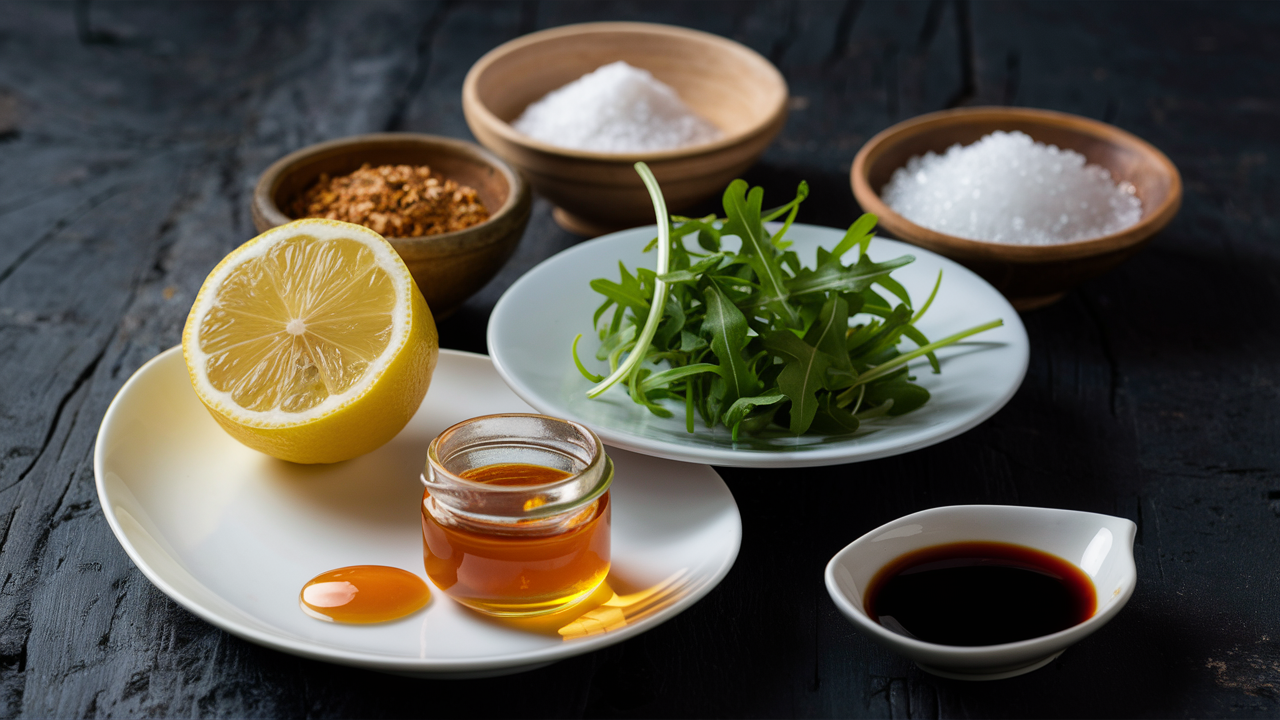
Creating great culinary experiences requires understanding the art of flavor pairing. Combining flavors effectively can turn a simple dish into a gastronomic masterpiece. Here are some tips that will help you unlock perfect flavor combinations:
To master flavor pairing, start by familiarizing yourself with basic flavor profiles. The five primary tastes are sweet, sour, salty, bitter, and umami. Each taste has unique qualities that interact differently when combined:
Sweet: Adds richness and balances bitterness (e.g., honey with coffee).
Sour: Brightens flavors and cuts through richness (e.g., lemon with fatty fish).
Salty: Enhances sweetness and balances bitterness (e.g., sea salt with chocolate).
Bitter: Adds complexity and depth (e.g., arugula in a salad).
Umami: Adds a savory depth and enhances overall flavor (e.g., soy sauce in marinades).

One fundamental principle is pairing complementary flavors—those that enhance each other. Consider these classic combinations:
Sweet and Salty: The contrast creates a balanced taste, like caramel with sea salt or watermelon with feta cheese.
Sour and Sweet: This duo can add complexity and balance, as seen in dishes like duck à l’orange or apple pie with a hint of lemon.
Bitter and Sweet: Sweetness can mellow the intensity of bitterness, such as in dark chocolate with raspberries or coffee with a touch of sugar.
Flavors are also influenced by aroma compounds, which can be grouped into families. Foods within the same family often pair well together due to shared aromatic molecules. For example:
Fruity: Pair strawberries with basil or citrus fruits with herbs like mint.
Nutty: Combine hazelnuts with chocolate or almonds with cherries.
Spicy: Match cinnamon with apples or chili with chocolate.
Creating harmony involves balancing the intensity of flavors. Avoid overpowering delicate ingredients with strong ones. For instance, pair mild white fish with subtle herbs rather than bold spices. Alternatively, balance intense flavors with neutral ones, like rich blue cheese with crisp pear slices.
Herbs and spices are crucial for adding depth and complexity. Here are a few versatile pairings to experiment with:

Texture and temperature also play a role in flavor pairing. Contrasting textures can make a dish more interesting, like creamy avocado with crunchy toast or silky panna cotta with crisp caramel shards. Similarly, varying temperatures can enhance the dining experience, such as serving a warm brownie with cold ice cream.
Ultimately, the best way to learn about flavor pairing is through experimentation. Trust your palate and don’t be afraid to try unconventional combinations. Tasting as you go and adjusting accordingly will help you develop a keen sense of what works well together.
By understanding basic flavor profiles, experimenting with complementary flavors, and balancing aromas and textures, you can create exceptional culinary experiences. Remember, practice is the key to mastering flavor pairing, so get creative in the kitchen and enjoy discovering new and delightful combinations.
For all your flavoring needs, you can contact us at americas@aromatechus.com.
Learn more about flavor pairing by visiting aromatechus.com, foodpairing.com, and krghospitality.com.